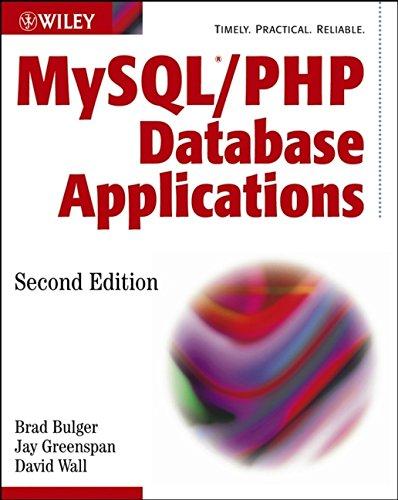POPULATION MODELS Problem 1. Yeast population growth You looked at how populations grow on problem 10 of Homework 4. Here, we will revisit population growth by examining how a population of yeast grows when re- sources are plentiful and when resources are scarce. Nearly a century ago, Oscar Richards performed the following two experiments. Experiment 1: Richards grew yeast in a container and changed the medium every three hours. In this way, he washed away the yeasts' metabolism by-products and replenished their food. Over the course of the experiment, the yeast had, effectively, unlimited resources. Richards' measurements from this experiment are given in the table below, in Table 1. Experiment 2: Richards grew yeast in a container and did not change the medium. Here, the yeasts' metabolism by-products built up and their food was depleted. In this experiment, the yeast had limited resources. Richards' measurements from this experiment are given in the table below, in Table 2. Table 1: Unlimited Resources (Exp.1) Table 2: Limited Resources (Exp.2) time (hours) time (hours) density of yeast unlimited resources density of yeast limited resources 3.4 10 8.5 13.1 22.7 3.4 3.4 10.2 19.9 41.5 46.6 76.1 109.7 133.0 188.1 203.4 268.8 272.7 20 25 30 32.5 37.5 42.5 45 50 52.5 55 57.5 601 70 80 90 100 110 120 41.5 50.0 54.5 58.5 60.2 60.2 61.4 60.8 One can model the growth of a population with the differential equation where N is the number of individuals in the population, r is the growth rate, and t is time. a.) Solve this differential equation for N(t), assuming an initial population size of N(0) = 1.87 and growth rate r = 0.0922. b.) Use Matlab to plot your result along with the two data sets. The first data set will appear as black circles, the second data set as blue squares. Here is some Matlab code that you can modify to accomplish this task. Note that it currently plots the function N = 0.01 *t, which you will need to modify to be your answer to part a. t1=[0 8 10 20 25 30 32.5 37.5 42.5 45 50 52.5 55 57.5]; n1=[2 3.4 3.4 10.2 19.9 41.5 46.6 76.1 109.7 133.0 188.1 203.4 268.8 272.7]; t2[0 10 20 25 30 40 50 60 70 80 90 100 110 120]; n2=[2 3.4 8.5 13.1 22.7 33.5 41.5 50.0 54.5 58.5 60.2 60.2 61.4 60.8]; t=0:1:120; N=0.01+t.^2; figure(1); clf; plot(t1,n1, 'ko', t2, n2, 'bs',t,n); axis ( [0 130 0 70]); Recall that if you cut and paste this code, you will need to re-type the single quotes, c.) Which data set do you think is best-fit by the model? The data set with unlimited resources (table one, black circles) or the data set with limited resources (table two, blue squares)? Another model for population growth has the following differential equation where, again. N is the number of individuals in the population, is the growth rate, and is time. However, there is now a new constant called the carrying capacity c.) Solve this differential equation for Nt). assuming an initial population size of N(0) = 1.87, growth rate r = 0.0922 and carrying capacity of K = 60. Note: this part is tricky. You will need to separate variables and integrate. One integral will be straightforward, the other will require partial fractions d.) Your answer to parte) should look like KNO NENO+NO Use the following Matlab code to plot this function along with the two data sets and your answer to parta: (Note that it currently plots the function N-0.01. which you will need to modify to be your answer to part a). ti0 8 10 20 25 30 32.5 37.5 42.5 45 50 52.5 55 57.5): ni-[2 3.4 3.4 10.2 19.9 41.5 46.6 76.1 109.7 133.0 188.1 203.4 268.8 272.7): 210 10 20 25 30 40 50 60 70 80 90 100 110 120): n2-[2 3.4 8.5 13.1 22.7 33.5 41.5 50.0 54.5 58.5 60.2 60.2 61.460.8): t0:1:120: M ) 01+t 2: X-60; Now 1.87: 0.0922: N2-(K.Norexp(ret))./CK-No+Noexp(ret)); figure(1) : cli; plot(t1.n1.'ko'.t2,n2.'s.t.N..N2): axis([O 130 0 70]): Recall that if you cut and paste this code, you will need to re-type the single quotes e.) Which data set do you think is best-fit by this model? The data set with unlimited resources (table one, black circles) or the data set with limited resources (table two, blue squares)









